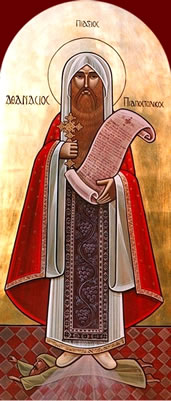Council of Rome (AD 313)
| Date | October 2, 313 |
| Location | Rome |
| Summoned by | Constantine |
| Chaired by | Miltiades, bishop of Rome |
| Number of Participants | 19 |
| Key Participants | Miltiades, Donatus, Caecilian |
| Purpose | To address the Donatist accusations against Caecilian |
| Key Events | The council cleared Caecilian of all charges and confirmed his ordination |
| Primary Source Descriptions | Eusebius, Church History, 10.5.18-20,
Optatus, Against the Donatists 1.22-24, Augustine’s letters 43.5 and 88.2 |
Once Constantine became ruler of Italy and Africa in October 312, he extended complete toleration and restoration of property to the Christians in those areas. The Donatists immediately began applying to their new ruler for a judgment against Caecilian, the catholic bishop of Carthage. Their letter was preserved by Optatus. As a result, Constantine decided to organize a judicial hearing on the subject to be chaired by Bishop Miltiades of Rome. Eusebius incorporated Constantine’s summons to the hearing into his Church History and Optatus provides details of its planning and participants—three Gallic bishops selected by Constantine, and 15 Italian bishops invited by Miltiades. The hearing, which had thus become a regional church council, met on October 2, 313. Caecilian was cleared of all charges, a verdict that Optatus recorded. He was to retain his bishopric and fellowship with the greater catholic church.
The Greek texts of the cited sources, together with English translations, can be accessed via the links below:
Letter of the Donatist Bishops to Constantine
Constantine’s Summons to a Hearing
Plans for the hearing and its participants
Bibliography
U. Dionisi, “Rome” in The Encyclopedia of the Early Church (New York: Oxford University Press, 1992).
JCB, PSAM, and GLT
Last updated: 2-10-2025 by JSW
No Responses yet
